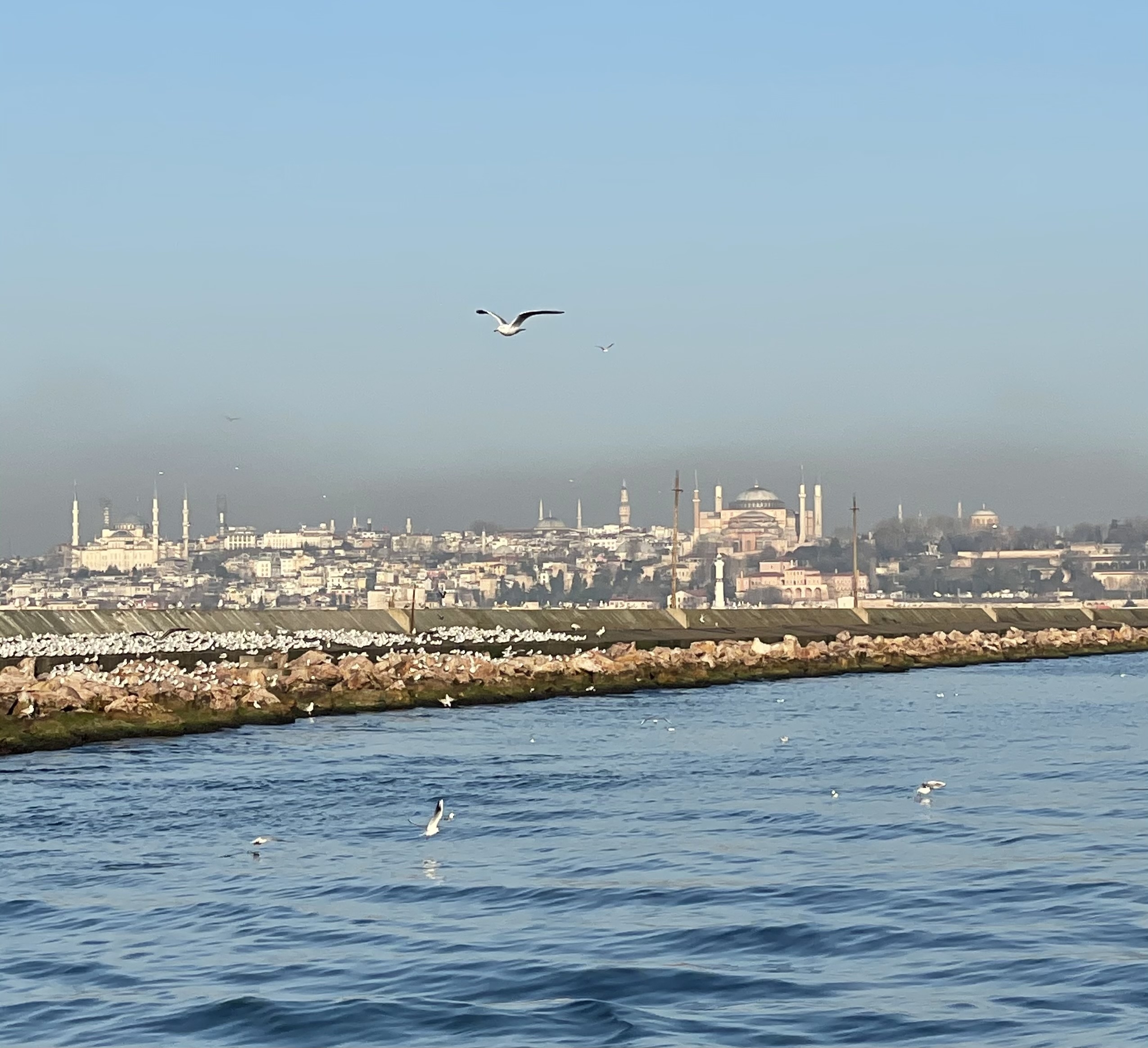Is constipation caused by anal fissure or anal fissure caused due to constipation?
March 2021
This week, I will write about two of the commonest reasons why someone goes to paediatric surgery clinic. One is constipation, the other one is anal fissure, or street name: tear. These two disorders can be so intertwined that it can be very difficult to understand which one is in the foreground. However, we need to reveal the real reason for the treatment. In the journal of paediatric surgeon, this week we will find an answer to the question whether constipation caused by anal fissure or anal fissure caused due to constipation.
Like the chicken/egg thing, constipation because of fissure, fissure because of constipation? We designed a study to find the answer to this question. We retrospectively reviewed the files of children treated for constipation and anal fissure in our clinic. We did not include children with neurological, anatomical or metabolic disorders that could cause constipation and children with chronic fissures. We determined the diagnosis of constipation according to the Rome IV criteria.
In the last two years, there were 102 patients who had no complaints for more than 4-6 weeks, had not had similar attacks before, and had anal fissures on examinations. The age range of the patients ranged from 6.5 months to 48 months. Although there is little male superiority in our study, it is reported in the literature that it is equally common in both genders. While the most common complaints at presentation were blood on the tissue or napkin with butt cleaning, the other complaints were restlessness, crying or pain during butt cleaning, blood on the poop, restlessness while stool, pain and large-volume poop.
It is very difficult to say how often constipation is seen in children. Studies have reported that it is mostly 8-14%. In our study, constipation accompanying anal fissure was found in only approximately 9% of the patients with the Rome IV criteria based on data such as the frequency of defecation, the presence of hard large poop in the rectum and the shape of it. This rate is not higher than the constipation rates found in healthy children in the current literature. In other words, we could not detect a higher rate of constipation in children with anal fissures. Then, constipation and hard poop theory may not be correct as the cause of anal fissure in children. In our study, hard and large poop, which was stated to cause anal fissure, was found in only 7% of the children. Can we then think that anal fissure is not a complication of constipation, but a separate pathology on its own?
It is known that the basal pressure of the anal sphincter muscle surrounding the anus is high in these children with anal fissures. Considering that especially the vessels feeding the posterior wall give branches into this muscle, it is stated that the vascular circulation is disrupted due to high pressure and an area that can’t get blood occurs especially in the back wall, and this area causes anal fissure. When we saw that 70% of the anal fissures in the current study were in the posterior wall, we started to think that this theory might be more prominent in explaining the ethology of anal fissure. Why is the pressure higher? We are continuing to investigate it.
Is constipation because of fissure or fissure because of constipation… do not say “why does it matter?”. When we look at the treatment applied to the patients and the results; our patients with constipation received routine constipation treatment. Such as dietary change, sit baths, glycerin suppository or glycerin + sorbitol enema, local anaesthetic, oral lactulose or oral macrocell 4000. On the other hand, we had to apply endoanal 0.2% nitroglycerin ointment treatment with sitting bath to our anal fissure patients without constipation. In the group with constipation and anal fissure, improvement in complaints was found in approximately 78% of the patients, while anal fissure improved in only half of the patients. In the group without constipation, 90% of the patients had improvement in their complaints, while anal fissure improved in 78% of the patients. So if there was no constipation, we got better response with nitroglycerin suppository.
In conclusion, I would like to point out that anal fissure in children may not be the result of constipation, these two pathologies can be two separate conditions that can be seen together, and even constipation may occur as a result of anal fissure. With a proper questioning, attention should be paid to the exact starting point of the complaints, and the treatment should be done according to the clinic. Since its treatment can be quite a long process, it is necessary to achieve success faster with the right treatment.
And stay happy.

